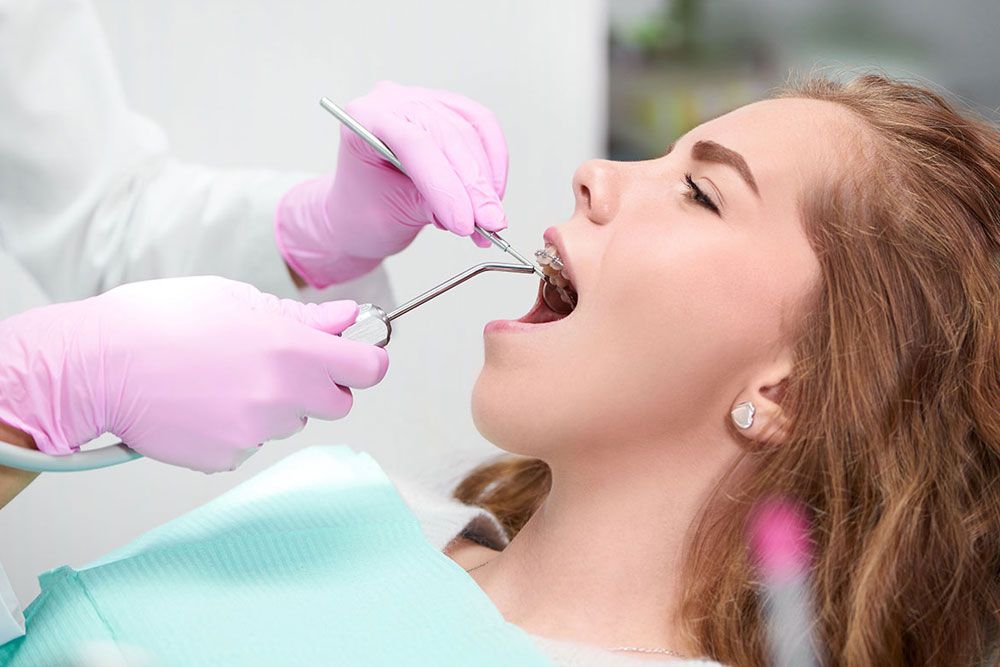Many people seem willing to sacrifice good healthy tissue for cosmetics, but few understand the long term health and vitality issues this may cause to their teeth.
Many years ago one of my best friends had to have gall bladder surgery. At the time the procedure was quite invasive and a bit scary for him. The procedure included a hospital stay overnight and an incision of about 4 to 6 inches on his abdomen, then about 6 to 8 weeks of healing. We are all very grateful for the invention of surgical microscopes and minimal incisions to accomplish now what used to involve major surgery. Now gall bladder surgery is an outpatient procedure done through a couple of ½ inch scope incisions.
A good question is this: “how has this movement to minimally invasive techniques affected dental treatment?” Truthfully, the move to minimally invasive procedures has occurred much more slowly in dentistry. Why would this be, given there is a great deal of research and science behind minimally invasive dentistry too?
Reason one: is the explosion of cosmetic procedures in dentistry has influenced many dentists to “over treat” teeth for the sake of appearance. Many people seem willing to sacrifice good healthy tissue for cosmetics, but few understand the long term health and vitality issues this may cause to their teeth. The infatuation with cosmetic appearance drives a big market in dentistry. Patients are very often given choices in care based on sales techniques, not on science. Certainly, some cosmetic procedures are very conservative such as tooth whitening, but the cutting down of healthy teeth for crowns and even many veneers can cause serious permanent damage to otherwise healthy tissue. Always be very careful as you are being sold on any cosmetic procedure to consider all your options and to be well informed as to the risks and benefits.
The second reason dentistry has been a bit slower to move to minimally invasive care is really centered in dental school educational traditions. The current model of dental education is largely focused on how precisely a student can prepare a tooth and “fill it” the way the “master developer” of the techniques, GV Black, diagrammed it. The fundamental good thing about this traditional education is that most graduating dentists are very good with their hand skills. The very bad thing is that the techniques ignore modern research and modern adhesive materials that can be used to better solve restorative needs for the patient’s best interest in mind. A challenge for the average dentist is that the advanced adhesion materials are much more technique sensitive. It is an exacting and time consuming process for the dentist to use these materials properly. Because of this time consuming procedure, many dentists simply resort to old style drilling techniques and place new materials in the same manner as old silver fillings, substituting deeper preparation into teeth for the more exacting steps necessary to place advanced adhesive materials.
Biomimetic Dentistry is an entirely different way of approaching the restoration of diseased teeth. Like advanced medical surgeries, our goal is to preserve and to protect healthy dental tissue for your entire life. We then take extra time to place more layers of specifically selected materials in very exacting ways to rebuild the diseased portion of teeth. We always try to avoid full crowns and root canals whenever possible. The mantra of all health care providers should be to “Do NO harm to the patient.” This minimally invasive approach is absolutely the goal of “Biomimetic” dental care.




